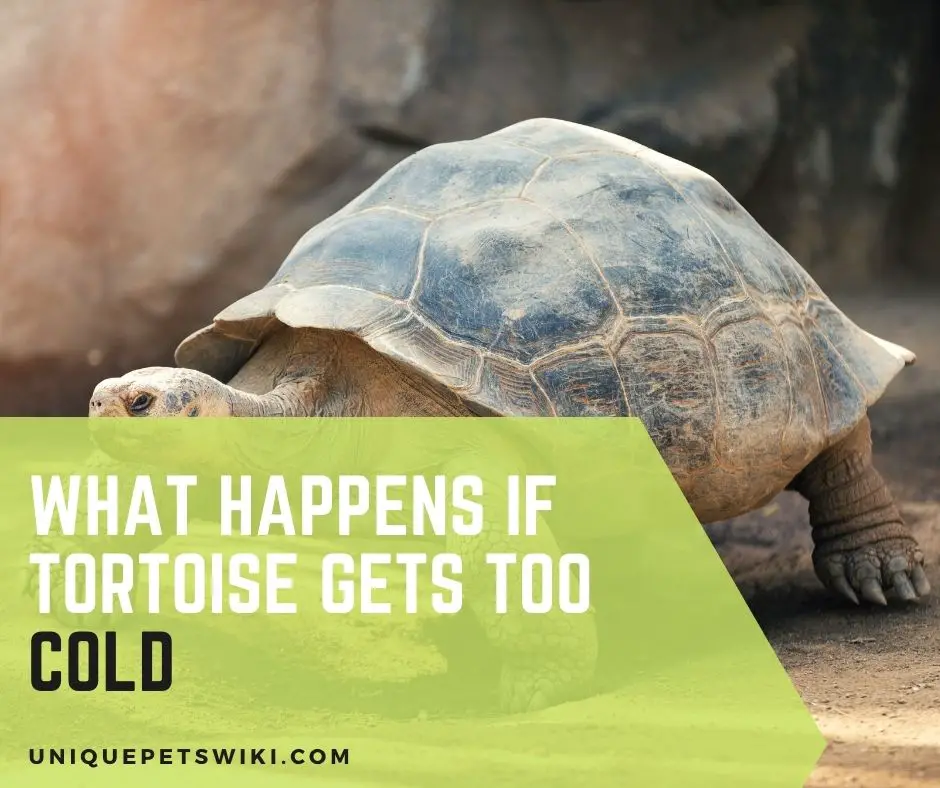have you ever asked what happens if a tortoise gets too cold? What will you do if you see your tortoise sneezing, dripping, whooping, or shivering? How will you feel if you come to know that your tortoise has passed away due to a cold?
Our pets take no time to be a part of our family. Sometimes we get attached to our pets to an extent that we cannot imagine them getting separated from us.
We have to pay attention to our pet’s medical needs since the physical well-being of your pet is directly proportional to our emotional well-being.
With a hard exterior and a soft interior, tortoises seem to steal the hearts of thousands of pet owners. Tortoises, as opposed to turtles, are terrestrial animals. They are endowed with extra-strong shells that protect them from their predators.
Along with utilizing their shells as a shield against their predators, they also use them to camouflage their presence. It is hard to distinguish a tortoise from a large stone if he has hidden underneath it.
Tortoises vary largely in their sizes. The speckled cape tortoise grows up to 8cm in length, whilst the Galapagos giant tortoise grows up to 1.2m. Although with speeds of no more than 0.5 km/h, tortoise racing is one of the most popular pet sports.
This article has been reviewed by Dr. Dilber. Read more about our knowledge control process here.
Fun fact: Do you know tortoises are the symbols of the Ancient Greek god, Hermes.
Contents
What temperature is too cold for your tortoise?
Tortoises love to bask in the warmth and heat of sunlight. The ideal temperatures for tortoises vary according to their species and their native habitat. Generally, the ideal temperatures for tortoises are 32-35°C (90-95°F).
As opposed to humans, Because tortoises are cold-blooded, they can’t bear extreme temperatures and adjust their internal body temperatures. Too hot and too cold temperatures may prove to be fatal for your tortoise.
Environmental temperatures lower than 20°C (68°F) may harm the health of your tortoise. The bodily needs of tortoises in terms of heat and warmth vary greatly. That’s why mimicking the natural habitat of tortoises in their enclosures is a must for their long-living and well-being.
Fun fact: Tortoises are the longest-living terrestrial animals. The average lifespan of the Galápagos tortoises is 150 years.
Can tortoises survive in winter?
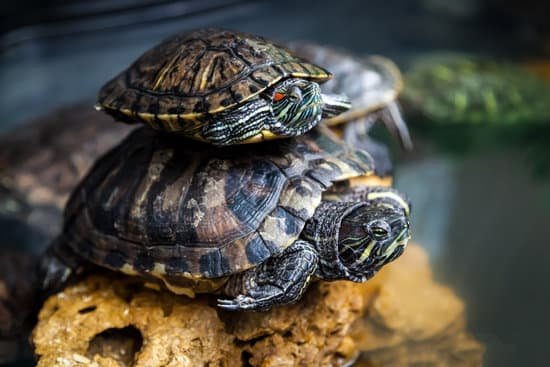
In their native lands, tortoises tend to survive in winter by brumation. Between September and October, tortoises dig underground burrows and spend their winter in there to maintain their body temperatures.
Underground burrows protect tortoises from overheating in summers and freezing in winters.
Additionally, during their brumation period, tortoises shouldn’t be kept in an overly warm and heated enclosure.
In winters, when tortoises enter the brumation period, they tend to refrain from their usual diet. Extra warm temperatures tend to dehydrate and debilitate your tortoise, as their metabolism rates are not slowed.
To avoid this from happening, you should install thermal gradients in their enclosures. This will provide a variety of temperatures within a single enclosure and will place temperature choices for your tortoise.
What happens when a tortoise catches a cold?
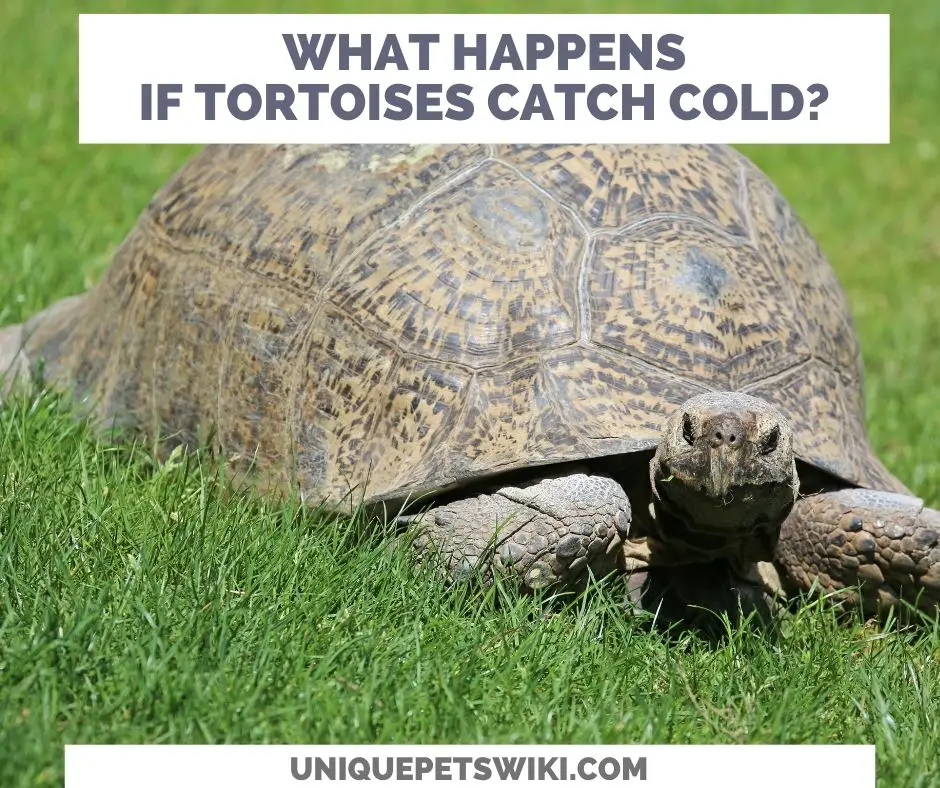
Tortoises can carry various harmful bacteria that can prove to be fatal for them under different circumstances. Bacteria such as Mycoplasma reside within the tortoise’s nasal chambers. Mycoplasma bacteria live asymptomatically in the epithelial cells or tissues of the respiratory tract. When the conditions are favorable for bacteria, they start multiplying and infecting the cells.
However, if the temperatures are unusually low, Mycoplasma can cause serious harm to your tortoise.
Similarly, the immune system of tortoises becomes vulnerable in low temperatures. Higher vulnerability of the immune system of the tortoise leaves the tortoise prone to infection and diseases.
For instance, if the bedding of your tortoise’s enclosure is made out of Hay, then your tortoise is prone to respiratory diseases. As Hay contains an army of harmful fungal spores that can invade the tortoise respiratory system and generate respiratory diseases.
Respiratory diseases are some of the most common reasons that lead to the death of tortoises.
Generally, there are two types of respiratory infections; upper and lower respiratory tract infections.
When upper respiratory infections are left untreated, they become chronic and spread to lower respiratory tract and cause infection in lungs and bronchioles.
The runny nose syndrome, also known as ‘Rhinitis’ occurs due to upper respiratory tract infections. Whilst life-threatening diseases such as pneumonia occur due to lower respiratory tract infections.
Note: you should take utmost care of your tortoise in his/her post-hibernation period. The chances of respiratory diseases after hibernation are relatively high.
Fun fact: A tortoise can live up to 6 months after their brain has been removed and 23 after their head has been entirely cut off. (The result of the experiment conducted by Francesco Redi in the 17th century proves the afore-mentioned fact.)
How to know if your tortoise is suffering from a respiratory infection?
Signs and symptoms indicate whether a tortoise has been affected adversely by cold and is suffering from a respiratory infection. Below are some signs and symptoms that you should look for:
- Lethargy
- Lack of Appetite
- Lopsided Swimming
- Unable to Dive
- Gaped Mouth While Breathing
- Whistling While Breathing
- Bubbles Coming from The Mouth, Eyes, Or Nostrils
How to keep your tortoise warm during winters?
Knowing how chilly winters can harm your tortoise, you must be anxious about the solutions. However, there is no need to worry as there are a variety of solutions and ways to protect your tortoise. Below is a list of the ways you can help your tort survive in winters:
Hibernation
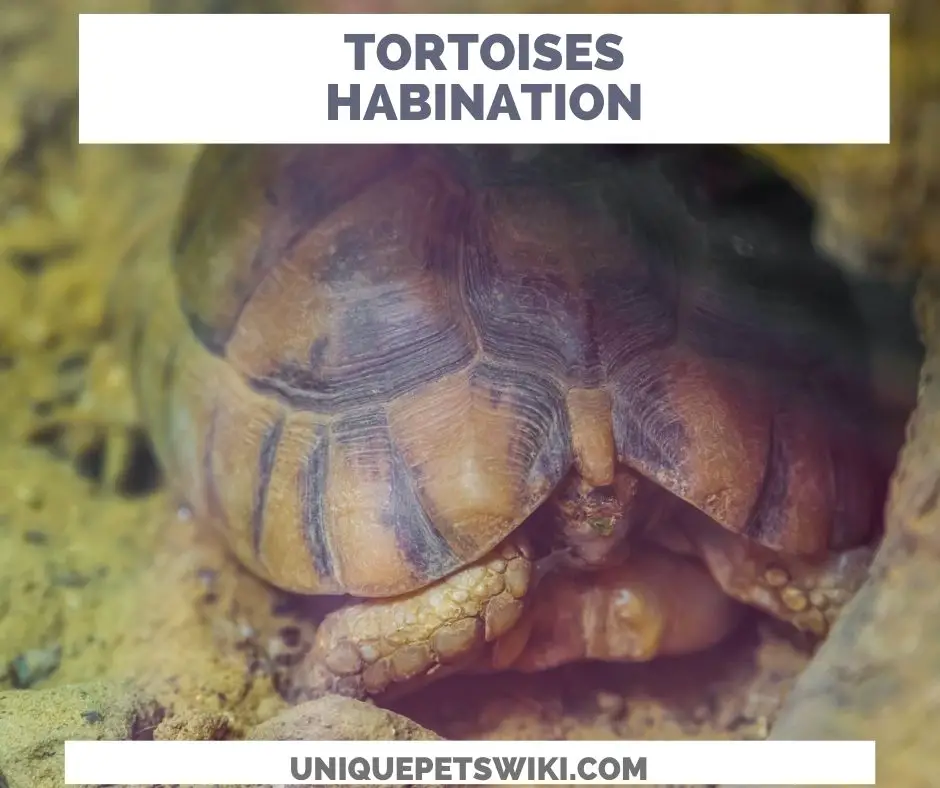
Hibernation is the natural way of surviving the chilly breezes of winters. During hibernation, hibernating animals like tortoises, dig underground burrows and spend their winter there. Along with that, they slow their metabolism down to nothing.
During hibernation, their breath, heartbeats, and digestion slow down immensely. They also refrain from eating according to their usual diet. A tortoise in hibernation reduces its activities down to nothing
Fun fact: Your tort can seem dead during hibernation.
Not every tortoise goes into hibernation. There are some species of tortoises such as the Russian and the leopard tortoise that do not hibernate. However, if your tort is one that hibernates, then you should help him prepare when the time comes.
Pre-hibernation Period
To make the hibernation process easy for your tort, you should get him accustomed to it.
- Depending on your tort’s size, fast him for 2 to 6 weeks
- Bathe your tort in warm water every day to help him discharge his fecal matter
- Keep your tort at a temperature of around 12°C to prepare him for the hibernation period
- Weigh your tortoise using the best-suited way before hibernation
Note: A clear gut is vital for your tortoise, as leftover fecal matter can rot and generate diseases in your tort.
Tortoises use their fat reserves as a source of energy when hibernating in winter. So, they must have good fat reserves before hibernation. So, it is necessary to check the fat reserves of the tortoise before letting your tort to hibernate.
Hibernation Period
You should let your tort hibernate around November. Make certain that your tortoise is fit, healthy, and has sufficient fat reserves.
Note: Before letting your tortoise hibernate, we suggest you ask for the advice of a vet.
Indoor Hibernation – In the Fridge
Seriously, hibernation in the fridge? Well, yeah! A fridge is one of the best locations for your tort to hibernate. You should take note of the following steps while hibernating your tort in a fridge:
- Use a box (plastic, wood, cardboard) slightly larger than your tort
- Fill the box with a substrate deep enough for the tortoise to bury itself
- Maintain the fridge temperature between 38° F to 50°F (3°C to 10°C)
- To avoid your tortoise from suffocating, make sure to open your fridge 3 to 4 times a week for a few minutes
Note: Don’t use a food fridge for a tortoise! Use a separate fridge for hibernating your tort!
Outdoor Hibernation – In the Box
If you don’t want to invest in a fridge, then preferably the box method is just for you. You can help your tort hibernate in a box, in your garage, or shed. Make certain to follow the following steps while hibernating your tort in a box:
- Ensure that the temperatures don’t fluctuate in your garage/shed.
- Get 2 boxes for your tort; one slightly larger than the tortoise and the other slightly larger than the first box.
- Fill the first box with a sterilized substrate and holes on its sides to ensure ventilation.
- Keep the first box in the second box and fill the second box with shredded paper to ensure insulation.
- Maintain the fridge temperature between 38° F to 50°F (3°C to 10°C).
Note: Make sure that the second box also contains holes to prevent your tortoise from suffocating.
Post Hibernation Period
After the hibernation time is over, extract your tortoise from its hibernation place and bathe him in lukewarm water.
Note: Exposing your tort to excessive heat may traumatize him.
If your tortoise isn’t hibernating, then you should see a vet. However, if your tortoise is one of those that don’t hibernate, then you should bring him indoors.
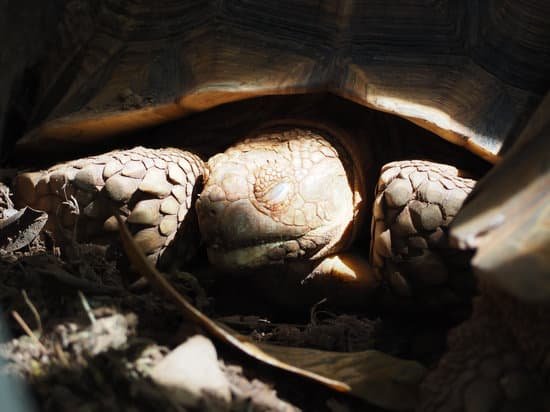
Indoor Heater For Tortoise
The species of tortoise who don’t hibernate can be provided with a heater in their enclosure to ensure that they stay warm in winters.
Indoor Heating systems can range from a wide variety of tools and equipment for a finalized setup. Heat emitters, basking areas, heat panels, heat pads, thermostats, thermal gradients, timers can be used to build an indoor heating setup for your tortoise.
Heat Emitters or Heat Panels?
Heat emitters are one of the best choices for little torts, as they cover a small area. Vets recommend that the heated area for tortoises should at least cover their shell area. However, heat emitters, especially CHE (ceramic heat emitter) are the best option for smaller tortoises.
On the contrary, larger tortoises need a larger heated area. Unlike CHE’s, radiant heat panels tend to cover a large area, eventually being the best option for larger tortoises.
Both heat emitters and radiant heat panels emit no visible light. That’s why they are best for providing your tortoise the warmth he needs at night.
Heat Bulbs
Unlike heat emitters and heat panels, heat bulbs emit visible light. That’s why heat bulbs should be used for creating a warm environment for your tortoise during the day.
Mercury Vapor Bulbs (MVB’s) are one of the best heat bulbs for providing warmth to your tortoise during day time. Regular household bulbs can be used, but they are unsuccessful in covering the broad heat spectrum.
Your tort requires a broad heat spectrum with UV and infrared lights to fulfill its heat requirements. Natural sunlight is the best for your tort, but for an indoor enclosure, you must install broad spectrum heat bulbs.
Heat Pads
Should heat pads be used?
You must endeavor to imitate the natural habitat your tortoise would reside in. In the native lands, tortoises aren’t provided with heat from below.
Heat pads can be used to provide your tort with additional warmth, but they can become detrimental. Especially, younger torts should never be kept on heat pads, as it could burn them.
For safety and precaution, it is best to refrain from using heat pads and use other overhead heat sources.
Thermostats
Keeping the enclosure temperature at the optimum is important for your tort’s wellbeing. That’s why installing a thermostat is essential for regulating the enclosure’s warmth and keeping the adjustments automated.
In winters, when tortoises enter the brumation period, they tend to refrain from their usual diet. Extra warm temperatures tend to dehydrate and debilitate your tortoise, as their metabolism rates are not slowed.
To avoid this from happening, you should install thermal gradients in their enclosures. This will provide a variety of temperatures within a single enclosure and will place temperature choices for your tortoise.
Conclusion
Your tort will take no time to be a part of your family. If you are attached to your tort to an extent that you cannot imagine him getting separated from you, then you should pay attention to his health.
since the physical well-being of your tort is connected to your emotional well-being.
